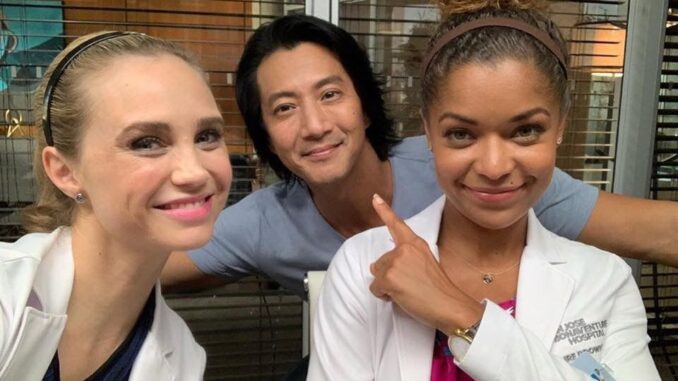
In the sterile, high-pressure world of hospitals—where lives are saved in split seconds and hierarchies dictate everything—there’s little room for deviation. Rules, routines, and reputations run the show. But then came someone who broke the mold: Dr. Shaun Murphy, a young surgeon whose brilliance comes wrapped in a mind unlike any the medical field has seen.
The Good Doctor is more than just a medical drama. It’s a bold, emotional journey that challenges our assumptions about ability, communication, and belonging. From the moment Shaun steps into the prestigious St. Bonaventure Hospital, viewers are taken on a ride that’s both heart-wrenching and hopeful. He’s not your typical doctor. He has autism and savant syndrome. He struggles with eye contact, sarcasm, and social cues—but he can see inside the human body in a way no one else can.
Shaun doesn’t just diagnose symptoms—he visualizes the entire problem in real-time, as if watching a three-dimensional map of the human body unfold in his mind. He solves medical puzzles with the precision of a machine and the curiosity of a child. But this isn’t a story about a superpowered doctor who saves the day in every episode. It’s a story about a human being fighting to be seen, to be accepted, and to be allowed to belong.

Shaun faces challenges every single day—not only from complex surgeries but from the people around him. Some patients don’t want “the autistic doctor” touching them. Some colleagues doubt his ability to connect or to lead. And even those who believe in him, like Dr. Glassman, his mentor and father figure, sometimes question whether Shaun is cut out for this brutal, emotionally demanding career. But Shaun never gives up. Every shift is a test of his skill, his patience, and his heart. He makes mistakes, and he learns from them. He gets knocked down, and he stands back up. What makes him extraordinary isn’t just what his mind can do—but what his heart dares to feel, even when it hurts.
Surrounding him is a cast of rich, evolving characters who each represent a different lens on modern medicine. Dr. Claire Browne, warm and intuitive, sees Shaun’s potential from the start. Dr. Melendez, initially skeptical, grows to respect him deeply. And Lea, Shaun’s friend turned love interest, brings out parts of him that even he didn’t know existed. Together, they form a support system that lifts him—but never coddles him.
What The Good Doctor does so powerfully is show that being different is not a liability. It’s a lens. Shaun’s way of seeing the world—literal, logical, and deeply sincere—forces those around him to question their own assumptions. He doesn’t play hospital politics. He doesn’t sugarcoat the truth. He simply sees things as they are, and that kind of honesty is rare—and revolutionary.
The show also doesn’t shy away from the real issues that plague the medical system: discrimination, burnout, moral ambiguity, and the emotional cost of saving lives. Every case is not just a diagnosis—it’s a lesson. Every surgery comes with questions about right and wrong, cost and consequence, healing and harm. And through it all, Shaun grows—not only as a doctor but as a person. We see him struggle with relationships, with loss, with fear, and with hope. We see him become more than just a resident. We see him become a man—one who dares to be himself in a world that constantly tries to force him into a box.
